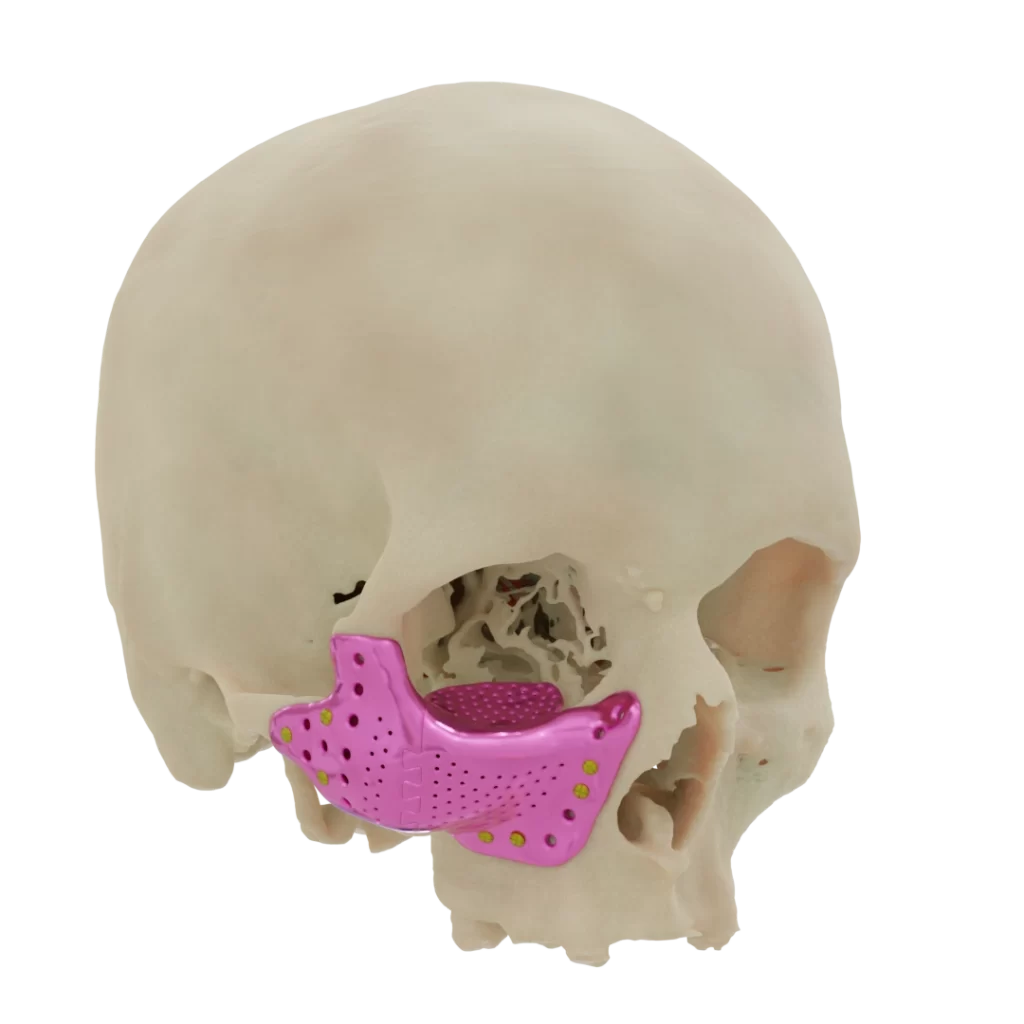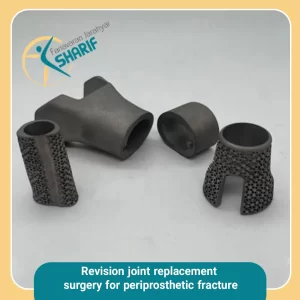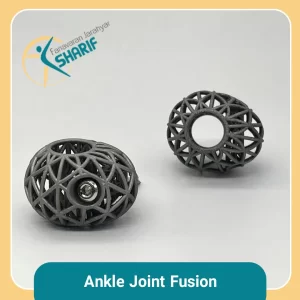Facial Contouring Implant
Designed to match your unique facial anatomy, these custom-made implants provide a more natural look compared to OTS alternatives.
With advanced additive manufacturing technology and medical-grade materials, you can benefit from a safe surgery that can enhance your confidence and self image.

Product Overview


Product Overview
Patient-specific facial contouring implants are made-to-measure implants that have been customized to fit each patient’s unique facial anatomy. These implants are made using medical-grade materials and advanced 3D printing technology, assuring a precise fit and successful surgery. They are ideal for patients seeking reconstructive or cosmetic facial surgery, including those suffering from congenital facial defects or want to enhance facial symmetry and balance. Patient-specific facial sculpting implants may lessen surgical time, increase patient satisfaction, and perhaps reduce problems.
Compared to conventional, off-the-shelf implants, these implants offer a superior alternative for facial contouring.
Workflow
Medical Imaging
CT-Scan and Oral Scan will be used to reconstruct an accurate 3D model of the patient.
Prosthesis Design
Our team of clinical engineers will design the prosthesis based on the patient's anatomy
Manufacturing
After receiving surgeon's approval, prosthesis will be 3D printed out of titanium
Surgery
Sterilized prosthesis accompanied by a 3D printed model will be delivered to the surgeon and a representative will be present in the OR upon request
Specifications
The surgeon may choose from the available list of features depending on their treatment plan and clinical patient assessment.
To minimize the risk of damaging sensitive tissues such as nerves and to preserve the patient’s facial aesthetics, a segmental prosthesis design can be utilized, which enables the final prosthesis to be assembled within the surgical field. The prosthesis is crafted to ensure that, once assembled and affixed in place, it creates a solid and sturdy structure capable of withstanding typical daily loading conditions.
At the interface between the bone and the prosthesis, it is possible to have a TPMS lattice structure such as gyroid, in order to promote bone ingrowth as a secondary mechanism of fixation in addition to the screws.
As the prosthesis is designed based on the patient’s unique anatomy, facial symmetry restoration is an inherent feature of these prostheses.
the selection of surface finish for patient-specific maxillofacial plates depends on the treatment plan and personal preference. This can involve different degrees of surface roughness, ranging from sandblasting to highly polished finishes, as well as additional treatments like anodizing for color-coding or other purposes. Ultimately, the goal is to select a surface finish that optimizes the plate’s performance and enhances its compatibility with the patient’s unique anatomy
Specifications
The surgeon may choose from the available list of features depending on their treatment plan and clinical patient assessment.
Benefits
To minimize the risk of damaging sensitive tissues such as nerves and to preserve the patient’s facial aesthetics, a segmental prosthesis design can be utilized, which enables the final prosthesis to be assembled within the surgical field. The prosthesis is crafted to ensure that, once assembled and affixed in place, it creates a solid and sturdy structure capable of withstanding typical daily loading conditions.

Cases report
An 87-year-old male patient with severe genu varum (Varus-bow-legged) and significant bone defects...
The patient is an 86-year-old woman who presented to the doctor with a...
A 45-year-old male patient who had suffered a fracture and comminution of the...
A 56-year-old male patient with Charcot joint due to diabetes had a portion...
Cases report
Our case reports highlight successful outcomes achieved through our custom-made implants. They showcase the effectiveness of our treatment plans and the expertise of our team in creating tailored solutions for each patient.
By reviewing these reports, you can gain a better understanding of the level of care and precision that we bring to every aspect of our work with patient specific implants.




